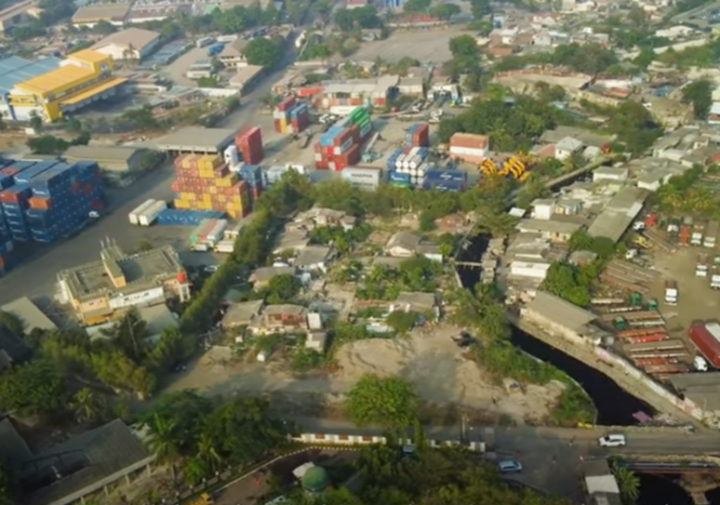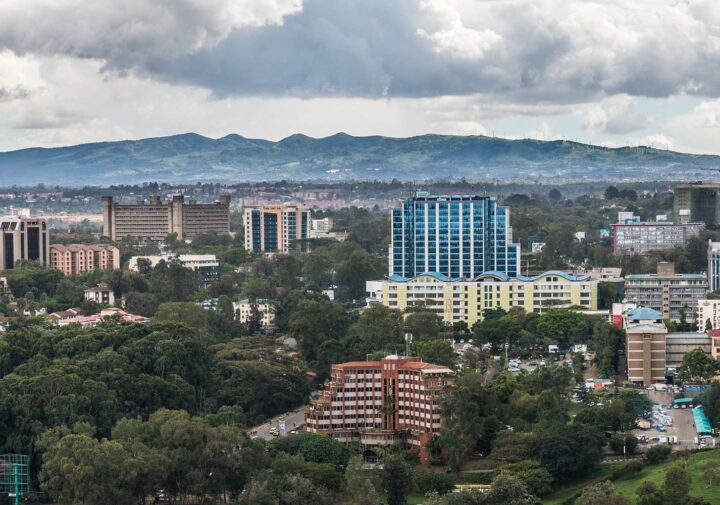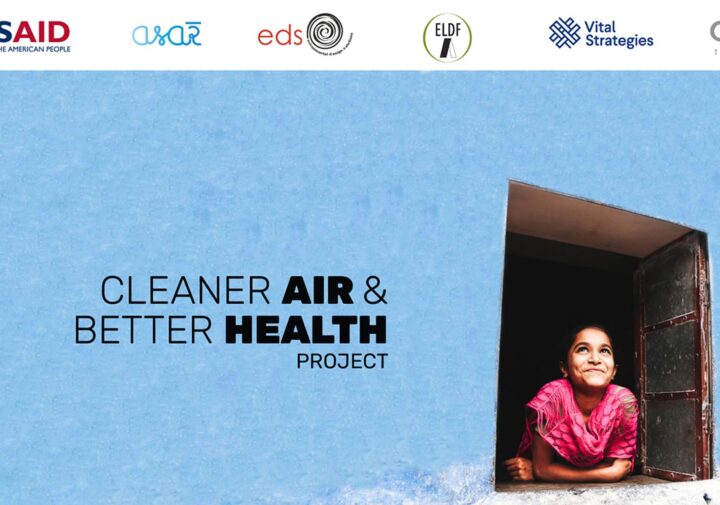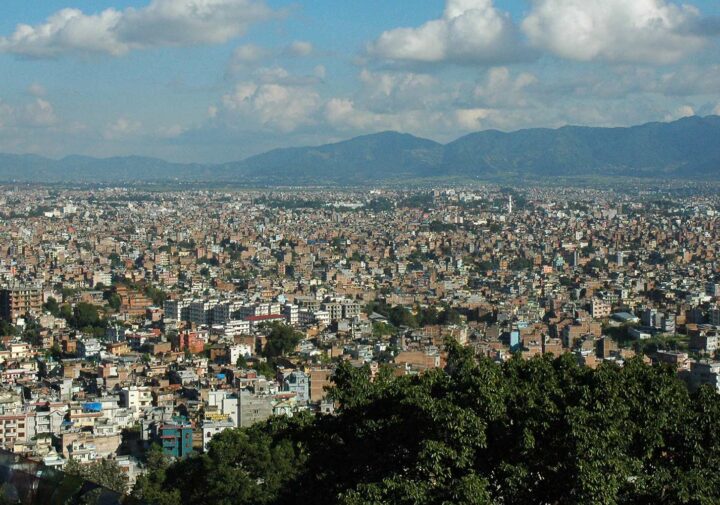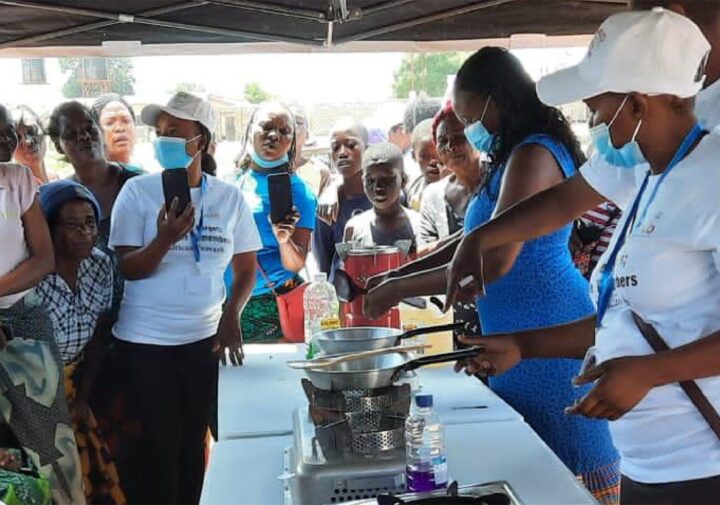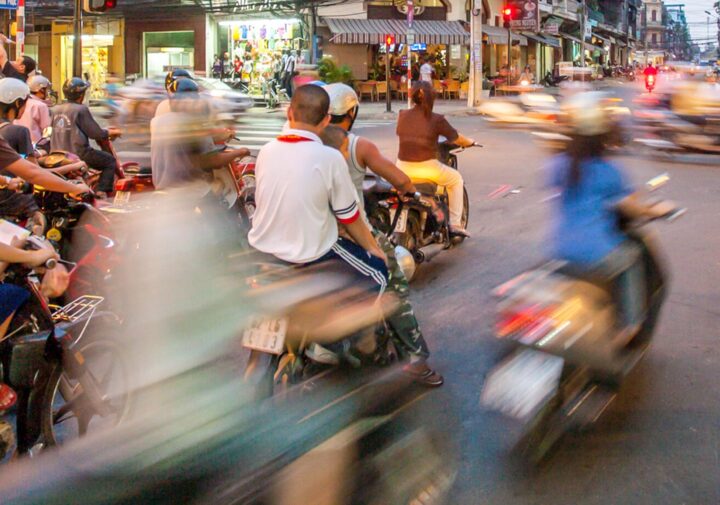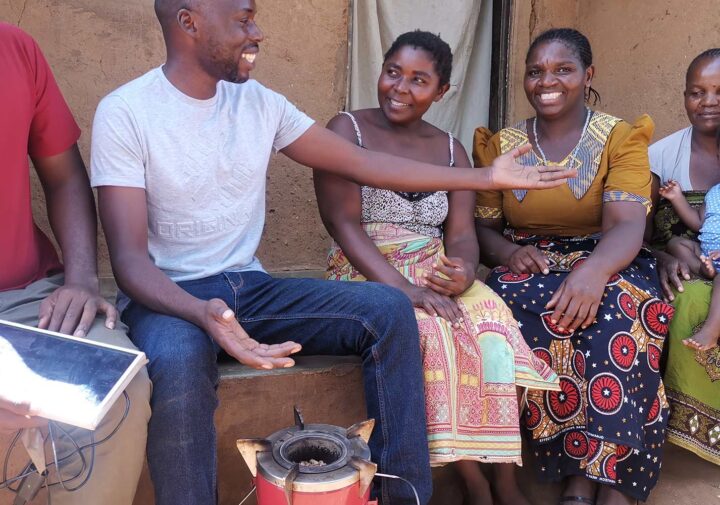Air pollution is a global health and environmental crisis, causing more deaths a year globally than HIV/AIDs and malaria, combined. Meanwhile, reducing certain types of air pollution can be one of the strongest levers available for slowing near-term global warming.
Air pollution impedes progress on 15 of the 17 Sustainable Development Goals by:
- Harming human health: Air pollution is now one of the most significant causes of premature death and disability worldwide, responsible for an estimated 6.7 million deaths in 2019, including nearly 500,000 newborn children. Eighty percent of deaths due to air pollution occur in cities in low and middle income countries, often disproportionately affecting the most vulnerable populations.
- Causing Climate Change: The 2018 IPCC Special Report on Global Warming of 1.5°C states that the only possible scenario for limiting global warming to 1.5°C requires reducing emissions of both carbon-dioxide and short-lived climate pollutants, such as black carbon (a component of particulate matter air pollution) and ozone.
- Threatening food security, water, and economic growth: Air pollution damages ecosystems, reduces agricultural productivity, and alters the water cycle. Globally, air pollution causes $5.11 trillion USD in global welfare losses each year (approximately 5% of global GDP).
USAID’s approach to addressing air pollution
Air pollution is a global problem that must be tackled with local and regional solutions enacted by multiple and diverse stakeholders. USAID is one of the largest donors in the air quality landscape, supporting several initiatives addressing air quality in regions across the world, as well as global initiatives that provide common knowledge infrastructure and resources to communities fighting air pollution.
USAID’s air quality programming aims to mitigate and reduce ambient and household air pollution to reduce adverse health impacts, advance climate change mitigation and adaptation, and promote inclusive, sustainable development.
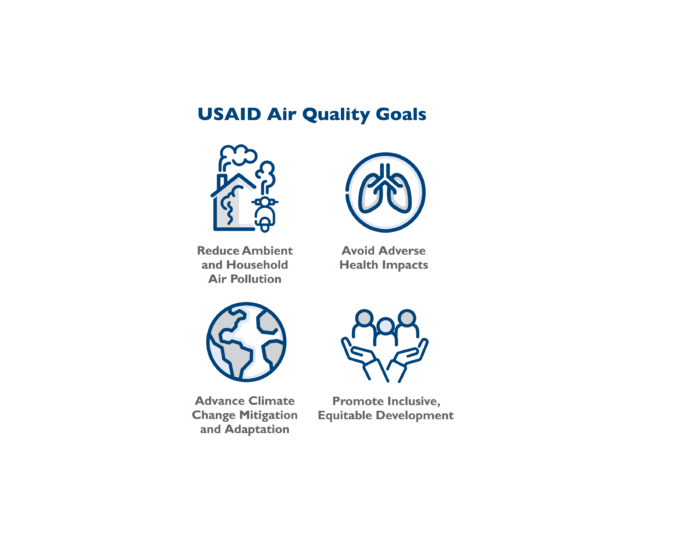
Relevant USAID Programming
Location
For more information about USAID’s work on air pollution, contact: AirPollution@usaid.gov
Key Resources
Clean Air Catalyst Fact Sheet – Jakarta, Indonesia
Clean Air Catalyst Fact Sheet – Indore, India
Clean Air Catalyst Fact Sheet – Nairobi, Kenya
Clean Air Catalyst – Understanding Jakarta’s Air
Clean Air Catalyst – Understanding Indore’s Air
Clean Air Catalyst – Sources of Air Pollution: Addis Ababa
Clean Air Catalyst Fact Sheet
Low and Middle Income Countries Urban Air Pollution Solutions
Insights & Updates
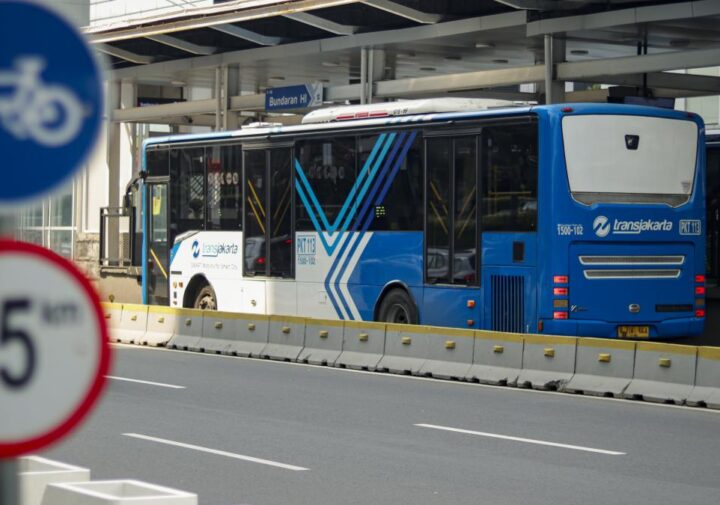
Developing the Transjakarta Busway: The World’s Longest Bus Rapid Transit System
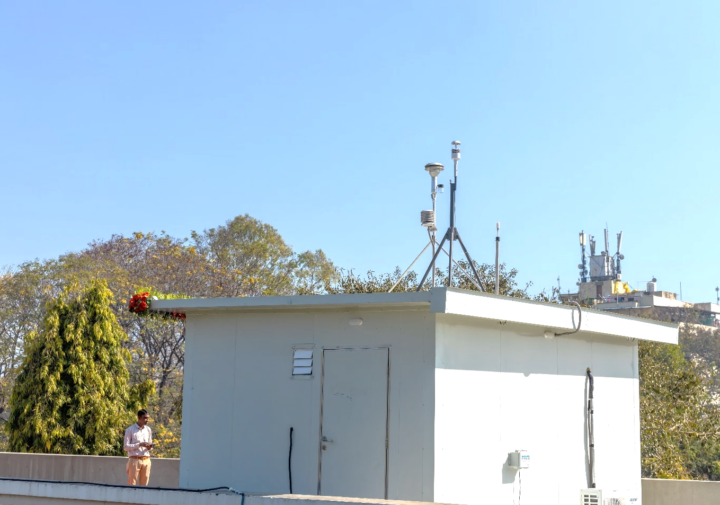
Six Takeaways from Indore’s New Air Quality Monitoring Stations

Women are Taking on Indore’s Air Pollution Crisis by Transforming the Transport Sector
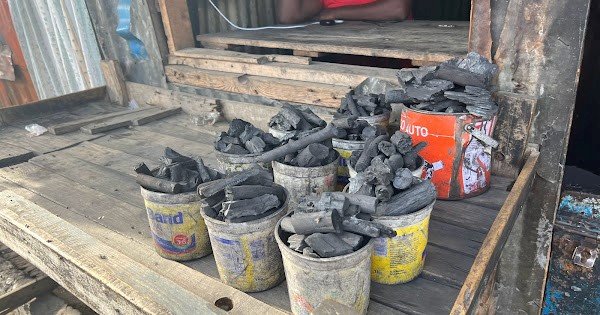
Charting the Course for Gender-Responsive Clean Air Action in Nairobi
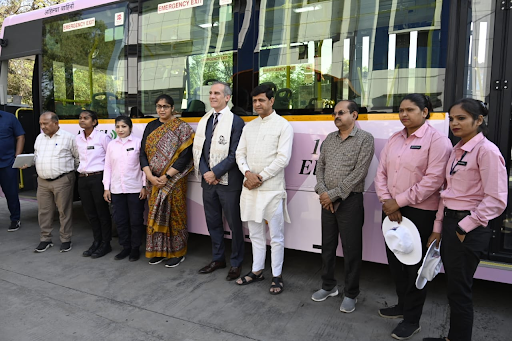
Pink is the New Green: How Indore’s Growing Electric Bus Fleet Is Driving Progress on Air Quality and Women’s Empowerment
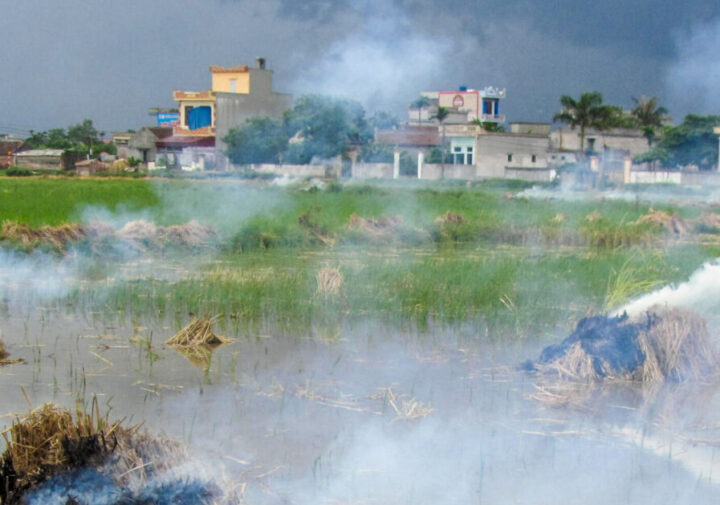
Reducing Pollution in Vietnam: One Good Design at a Time
